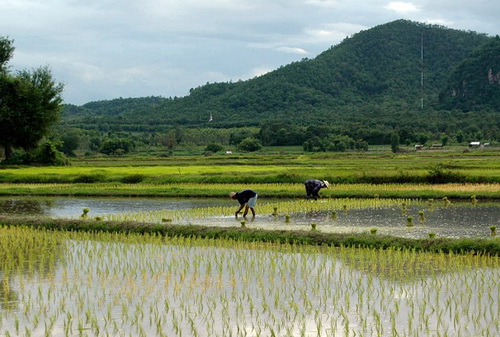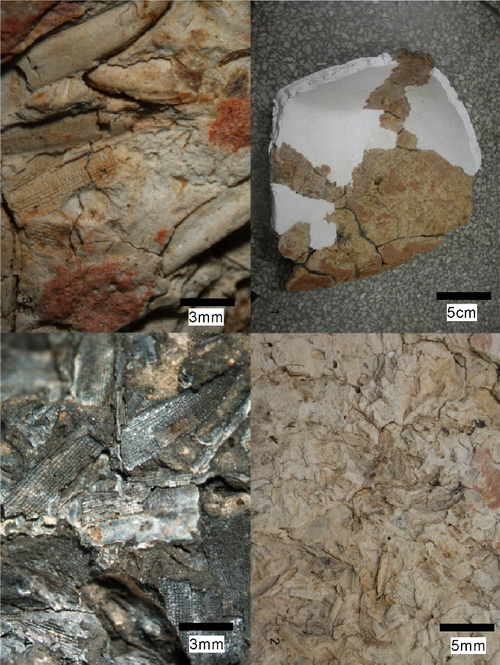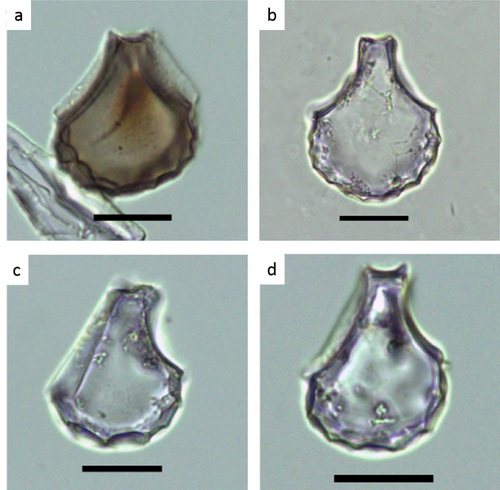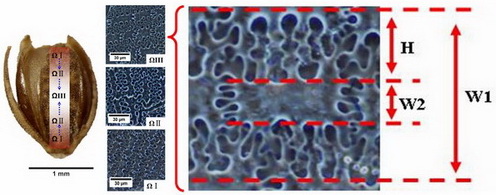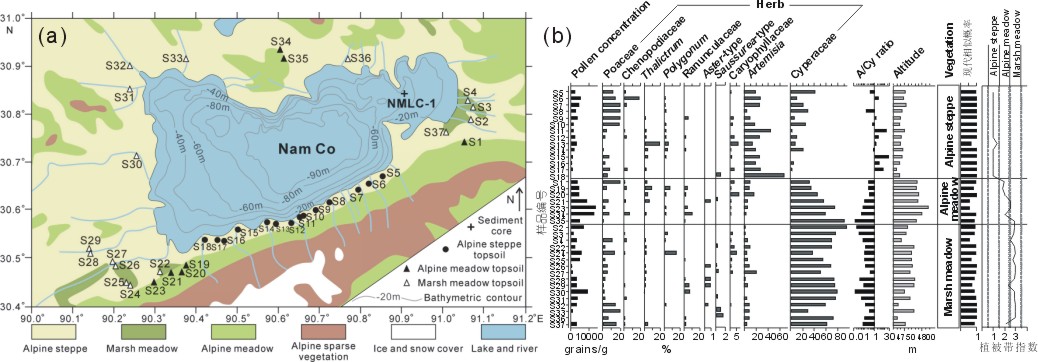Radiocarbon Dating of Phytolith Reveals that Rice Domestication Began about 10,000 Years AgoUpdate time:05 31, 2017
The peasants bent over to transplant rice seedlings in the fields. (Image by creawebpro form pixabay) Rice (Oryza sativa L.) is one of the world's most important staple foods, as it sustains more than half of the global population. Rice farming has provided an important material and cultural basis for the development and prosperity of Chinese civilization. Research into when, where and in what manner of environmental background rice was domesticated has led to a considerable amount of discussion over the past decade. Through study of phytolith carbon-14 and morphological characteristics, Prof. LU Houyuan's laboratory at the Institute of Geology and Geophysics, Chinese Academy of Sciences suggested that rice domestication may have begun at Shangshan in the reaches of the Lower Yangtze River, China, during the beginning of the Holocene. This work was published in the Proceedings of the National Academy of Sciences USA. Rice remains (mainly from phytolith), found at the Shangshan site in the Lower Yangtze, may represent the first instance of rice cultivation. However, organic materials at the site were poorly preserved due to the acidic soil conditions. Therefore, debate exists as to whether the rice was domesticated, wild, or transitional. The chronology of the Shangshan site also remains unclear. Accordingly, further dating initiatives are required to constrain the absolute-calendar time of the rice remains. Phytoliths can occlude some organic carbon during their deposition, which is captured through photosynthesis from atmospheric CO2 during plant growth. Carbon occluded in phytoliths can thus directly reflect the age of the organic sources exploited by humans. Under the guidance of Prof. LU Houyuan, Post-doctorate ZUO Xinxin carried out phytolith carbon-14 studies on three archaeological sites from Shangshan culture. The results showed that the phytolith dates were consistent with their paired charcoal or seeds dates. Two phytoliths dating from the early (upper layer of the eighth cultural stratum) and late stages (upper layer of the fifth cultural stratum) of the site range in the age range of 9,417-9,134 calibrated years before the present (abbreviated as cal yr BP) to 8,175-8,012 cal yr BP. This suggests that the initial occupation of Shangshan may have occurred at about 9,400 cal yr BP, or perhaps somewhat earlier at around 10,000 cal yr BP, ascertained from the fact that the phytolith sample SH-8 was retrieved between the seventh and eighth cultural strata of the site. The detailed studies on the rice bulliform phytolith morphological characteristics showed that approximately 36% possessed more than nine fish scales in the early occupation stages of Shangshan and Hehuashan (ca. 10,000 to 9000 cal yr BP), less than the approximately 60% counted from the late stages of Hehuashan and Huxi (ca. 9000-8500 cal yr BP). However, there was a significantly larger amount of rice bulliforms, with more than nine fish scales in the early stages, compared to modern wild rice (17.5 ± 8.3%), thus suggesting that the process of rice domestication had begun at this site during the beginning of the Holocene. Such an age for the origin of rice cultivation and domestication would agree with the parallel roots of agriculture in other regions of the world, during a period of profound environmental change when the Pleistocene was transitioning into the Holocene. In East Asia, a significant strengthening monsoon at about 9500 yr BP was consistent with the initial occupation of Shangshan. Climatic amelioration during these transitional periods may thus serve as a key factor in the early process of rice domestication. This work was performed in collaboration with the Zhejiang Provincial Institute of Relics and Archaeology and Institute of Geographic Sciences and Natural Resources Research, Chinese Academy of Sciences. This work was funded jointly by the 973 Program, National Natural Science Foundation of China, and China Postdoctoral Science Foundation-Funded Project. (Link)
Figure 1 Several pottery sherds tempered with rice husks from Shangshan
Figure 2 Rice bulliform phytoliths. (a,b) more than 9 fish scales decorations; (c,d) less than 9 fish scales decorations; black bar = 20 μm
|
Contact
LU Houyuan Key Laboratory of Cenozoic Geology and Environment, IGGCAS Phone: +86-10-82998548 E-mail: houyuanlu@mail.iggcas.ac.cn Related Articles
Reference
|
-
SIMSSecondary Ion Mass Spectrometer Laboratory
-
MC-ICPMSMultiple-collector ICPMS Laboratory
-
EM & TEMElectron Microprobe and Transmission Electron Microscope Laboratory
-
SISolid Isotope Laboratory
-
StIStable Isotope Laboratory
-
RMPARock-Mineral Preparation and Analysis
-
AAH40Ar/39Ar & (U-Th)/He Laboratory
-
EMLElectron Microscopy Laboratory
-
USCLUranium Series Chronology Laboratory
-
SASeismic Array Laboratory
-
SEELaboratory of Space Environment Exploration Laboratory
-
PGPaleomagnetism and Geochronology Laboratory
-
BioMNSFrance-China Bio-mineralization and Nano-structure Laboratory

 Print
Print Close
Close